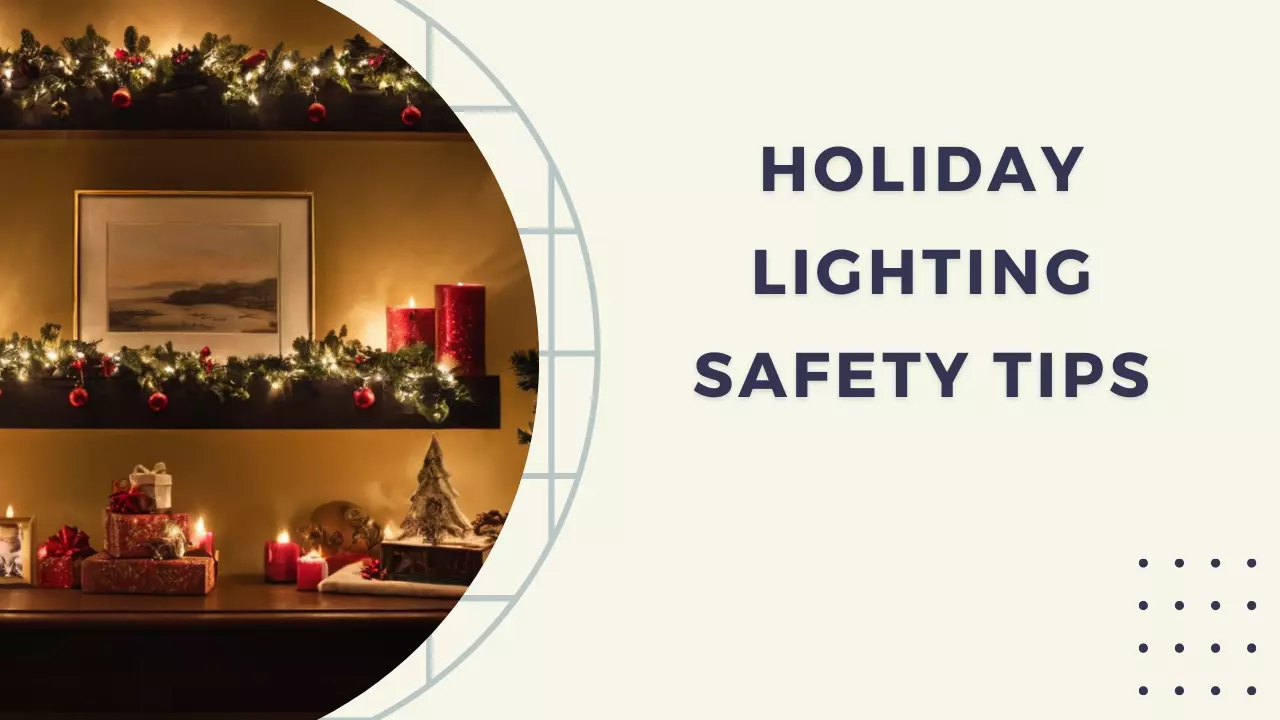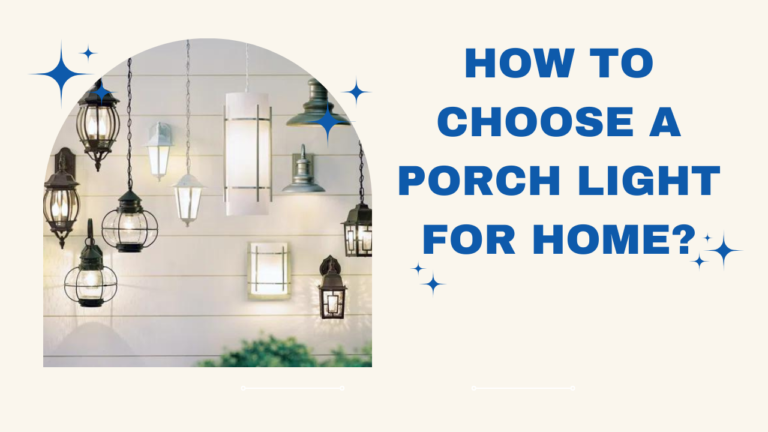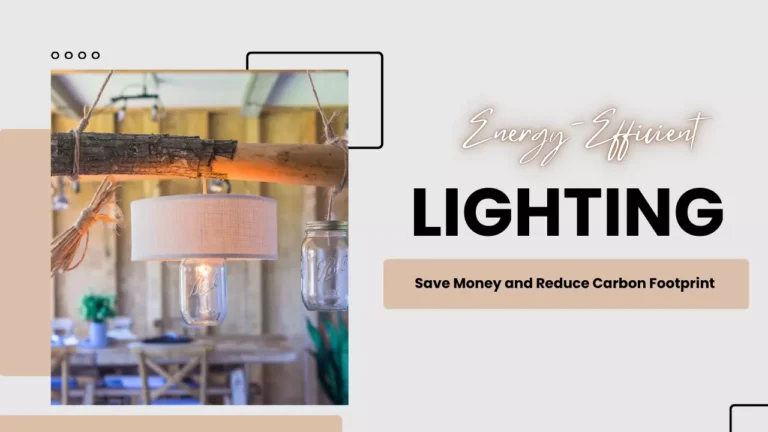Holiday Lighting Safety Tips: How to Decorate Without the Worry
The holiday season is a time for joy, celebration, and festive decorations. Twinkling lights add magic to homes, but they can also present risks if not handled properly. This guide covers essential holiday lighting safety tips to help you decorate safely and enjoy the season without worry.
1. Choose the Right Lights for Indoor and Outdoor Use
Indoor vs. Outdoor Lights: What’s the Difference?
When it comes to holiday lighting, not all lights are created equal. Lights designed for indoor use may not be equipped to handle the weather outdoors. Indoor lights lack the insulation needed to withstand rain, snow, and cold temperatures. On the other hand, outdoor lights are more durable, moisture-resistant, and safe for external use. Always check the packaging to ensure you’re using lights in the appropriate setting.
Look for UL-Listed Lights
To ensure your lights are safe, opt for products that are UL-listed (Underwriters Laboratories). This certification guarantees that the lights have been tested for safety. Whether using indoor or outdoor lights, the UL mark ensures you’re less likely to face electrical hazards. When shopping, look for this important label on the packaging or product tag.
2. Inspect Lights Before Use
Check for Damaged Wires
Before you begin decorating, always inspect your lights carefully. Frayed wires or broken bulbs can be dangerous, increasing the risk of electric shocks or fires. Even small cracks in the wiring can lead to shorts, which could ignite flammable objects. If you notice any damage, it’s safer to discard the set and buy new lights.
Replace Burnt-Out Bulbs
Burnt-out bulbs can disrupt the electrical circuit and cause the remaining bulbs to overheat. Replacing faulty bulbs right away reduces fire risks and ensures your lights shine brightly. If your lights come with a spare bulb set, it’s a good idea to keep it handy for quick replacements.
3. Don’t Overload Electrical Outlets
The Dangers of Overloading
It can be tempting to plug multiple strings of lights into one outlet, but overloading an electrical outlet can lead to overheating and potential fires. Every outlet has a limit on the number of watts it can safely handle, and holiday lights can easily exceed that. A good rule of thumb is to only plug in three strings of lights into one outlet, though this can vary depending on the wattage of your lights.
Use Power Strips and Extension Cords Safely
Instead of relying solely on one outlet, use power strips with surge protectors or heavy-duty extension cords that are rated for outdoor use (if decorating outside). Be mindful not to connect more than one extension cord together, as this increases the risk of short circuits. Use GFCI (Ground Fault Circuit Interrupter) outlets for outdoor lighting to reduce the risk of electrical shock.
4. Place Lights Away from Flammable Objects
Avoid Overheating Hazards
Holiday lighting can emit heat, especially older incandescent bulbs. Keep your lights away from flammable objects like curtains, furniture, and dry Christmas trees to avoid overheating. When hanging lights, ensure they have enough space to breathe and aren’t bundled together tightly, which can trap heat.
Consider LED Lights for Cooler Options
LED lights are a safer alternative to traditional incandescent bulbs because they produce less heat. They’re also more energy-efficient and last longer. Since LED lights don’t overheat as easily, they’re ideal for indoor use and can be placed near other decorations without the same risk of fire.
5. Use Timers to Control Lights
Energy Efficiency and Safety
Leaving your lights on for extended periods can not only spike your energy bill but also increase the risk of electrical fires. A simple solution is using timers that automatically turn your lights off after a set time. This way, you won’t have to worry about remembering to unplug your lights before going to bed.
Set It and Forget It
Timers are especially useful for outdoor lighting displays that are difficult to reach. With timers, you can schedule your lights to turn on at sunset and off in the early hours of the morning, offering both convenience and peace of mind.
6. Secure Lighting Properly
Use Insulated Clips Instead of Nails or Staples
When hanging lights, avoid using nails, staples, or any metal fasteners that can pierce the insulation of the wiring. Instead, use insulated clips designed specifically for holiday lights. This will prevent damage to the wires and reduce the risk of electrical shocks.
Secure Extension Cords to Avoid Tripping Hazards
Extension cords are a common part of holiday lighting setups, but they can also be a tripping hazard if not secured properly. Use cord covers or tuck cords neatly along walls and pathways. For outdoor displays, ensure cords are kept off the ground to prevent water exposure and accidental trips.
7. Turn Off Lights Before Bedtime or When Leaving Home
Avoid Overnight Risks
While it’s tempting to leave your lights on through the night, this can be risky. Electrical malfunctions can occur at any time, and if they happen while you’re asleep or away, the consequences could be severe. Always turn off your lights before going to bed or leaving the house to prevent any overnight accidents.
Smart Plugs for Added Convenience
If manually turning off the lights every night seems tedious, consider investing in smart plugs. These devices can be controlled via your smartphone, allowing you to turn off your lights from anywhere. Some even allow you to set automatic schedules, combining safety with convenience.
8. Keep Outdoor Connections Dry
Weatherproof Your Outdoor Decorations
For outdoor displays, it’s crucial to keep all electrical connections dry. Use weatherproof electrical boxes to shield connections from rain and snow. Wrap connections in plastic or use specialized weatherproof covers to protect your outdoor lights from the elements. Wet conditions can lead to electrical shorts and potential fires.
Avoid Puddles and Wet Surfaces
Ensure that all plugs and connectors are kept off the ground to avoid exposure to puddles or snowdrifts. Use stakes or hooks to lift connections above the ground, reducing the risk of water damage.
9. Unplug Lights When Making Adjustments
Safety First When Handling Lights
If you need to adjust or move your lights, always unplug them first. Working with live electrical components increases the risk of electric shock. Whether replacing a bulb or repositioning a string of lights, ensure the power source is disconnected to stay safe.
Wear Gloves for Added Protection
If you’re working with lights in cold weather or handling sharp decorations, wearing insulated gloves can provide an added layer of protection. This reduces your risk of injury while also making it easier to grip and adjust decorations.
10. Monitor Heat and Fire Hazards
Prevent Overheating
Older lights, particularly incandescent bulbs, can overheat after being left on for long periods. Place lights on heat-resistant surfaces, and avoid draping them on flammable materials such as paper, wood, or synthetic fabrics.
Install Smoke Detectors and Fire Extinguishers
For extra precaution, ensure you have working smoke detectors near where you decorate and keep a fire extinguisher nearby. In the unlikely event of a fire, being prepared with the right tools could make all the difference.
Conclusion
The magic of holiday lights can be enjoyed safely with a few simple precautions. By choosing the right lights, avoiding overloaded outlets, and using tools like timers and smart plugs, you can create a beautiful display without worrying about hazards. Always remember that holiday lighting safety is key to making your celebrations bright, joyful, and free of stress.







